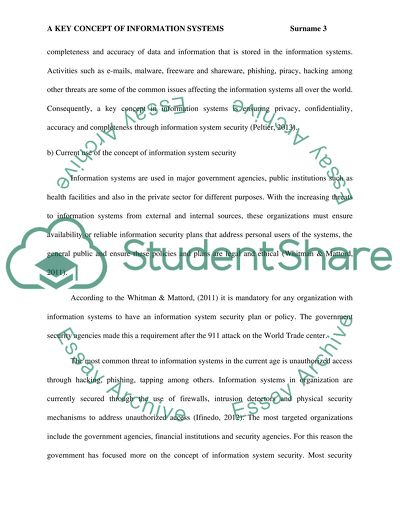Cite this document
(“A Key Concept in Information Systems Term Paper”, n.d.)
A Key Concept in Information Systems Term Paper. Retrieved from https://studentshare.org/information-technology/1697123-a-key-concept-in-information-systems
A Key Concept in Information Systems Term Paper. Retrieved from https://studentshare.org/information-technology/1697123-a-key-concept-in-information-systems
(A Key Concept in Information Systems Term Paper)
A Key Concept in Information Systems Term Paper. https://studentshare.org/information-technology/1697123-a-key-concept-in-information-systems.
A Key Concept in Information Systems Term Paper. https://studentshare.org/information-technology/1697123-a-key-concept-in-information-systems.
“A Key Concept in Information Systems Term Paper”, n.d. https://studentshare.org/information-technology/1697123-a-key-concept-in-information-systems.


